
To subscribe to the email, please send a blank email to: raildate+subscribe@groups.io
Raildate is a collaboration between the editor and a number of contributors. Please think about supplying links that you spot. The contact email address is: raildate.co.uk@gmail.com
There are sections on:
Raildate is from Germany this week. The photos are both from the platform at Erkrath, a town between Düsseldorf and Wuppertal. The National Express is climbing a major hill; the Class 1440 S-bahn is descending. I've only just arrived so that's all there is so far.
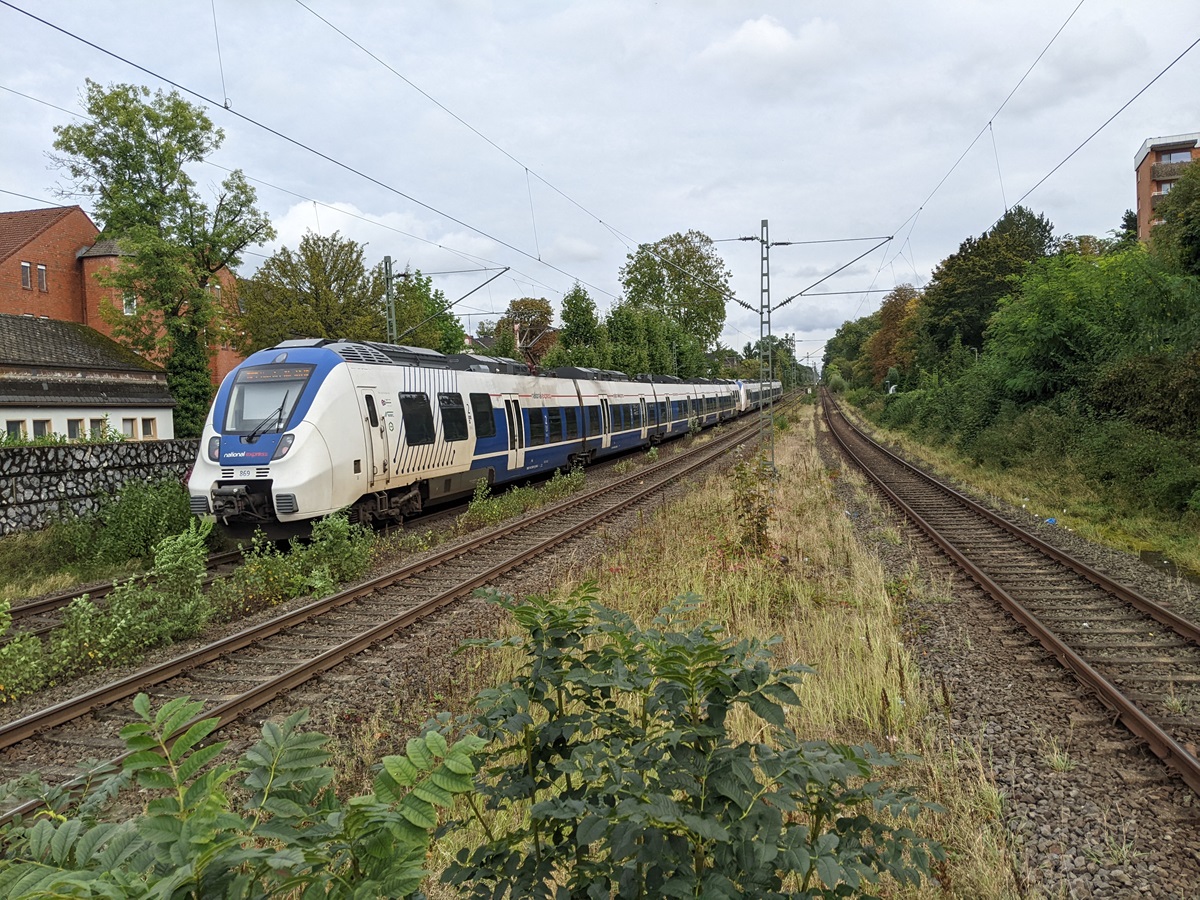
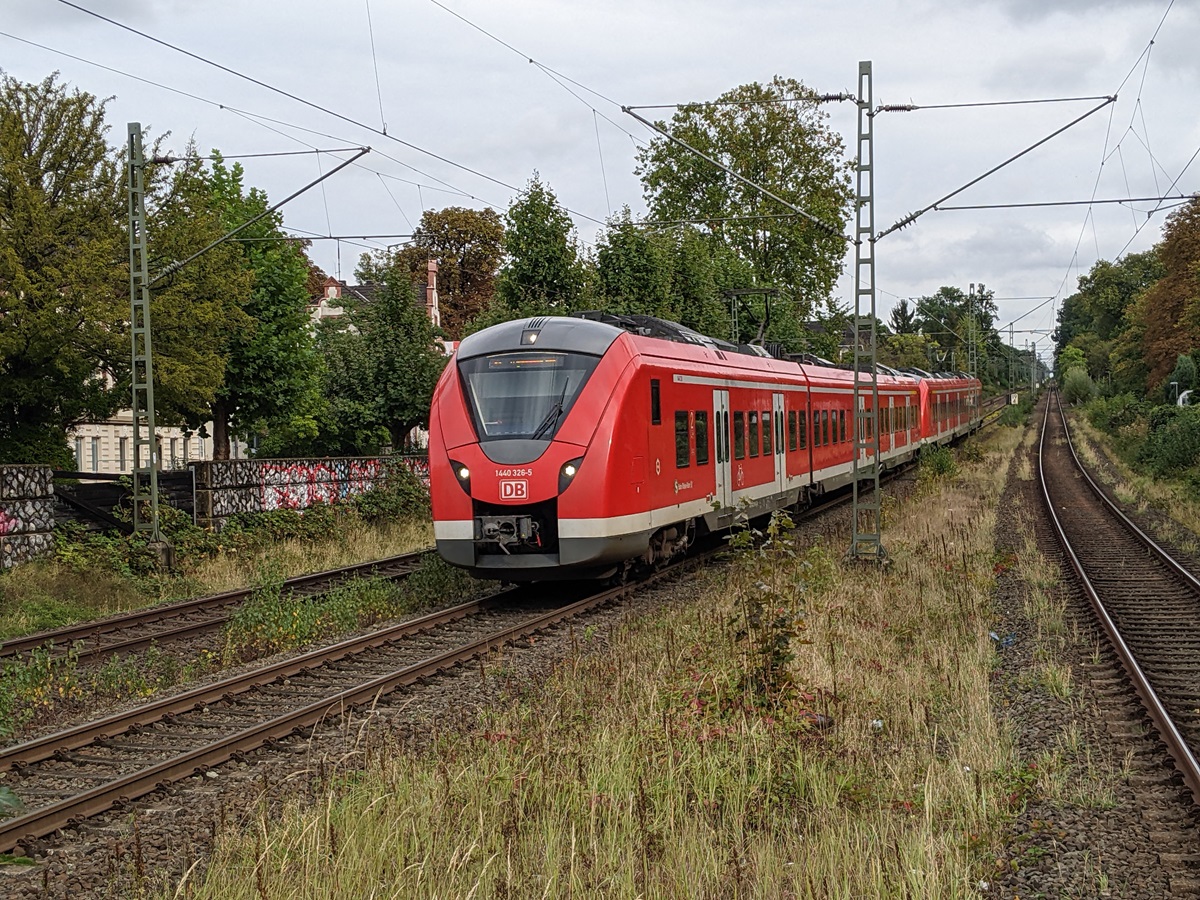
East
East Midlands
London
Midlands
National
North East
North West
Northern Ireland
Scotland
South
South East
Wales
West
Yorkshire
National
France
Germany
Ireland
Spain
USA
Air
Bus
Marine
Thank you to this week's contributors.
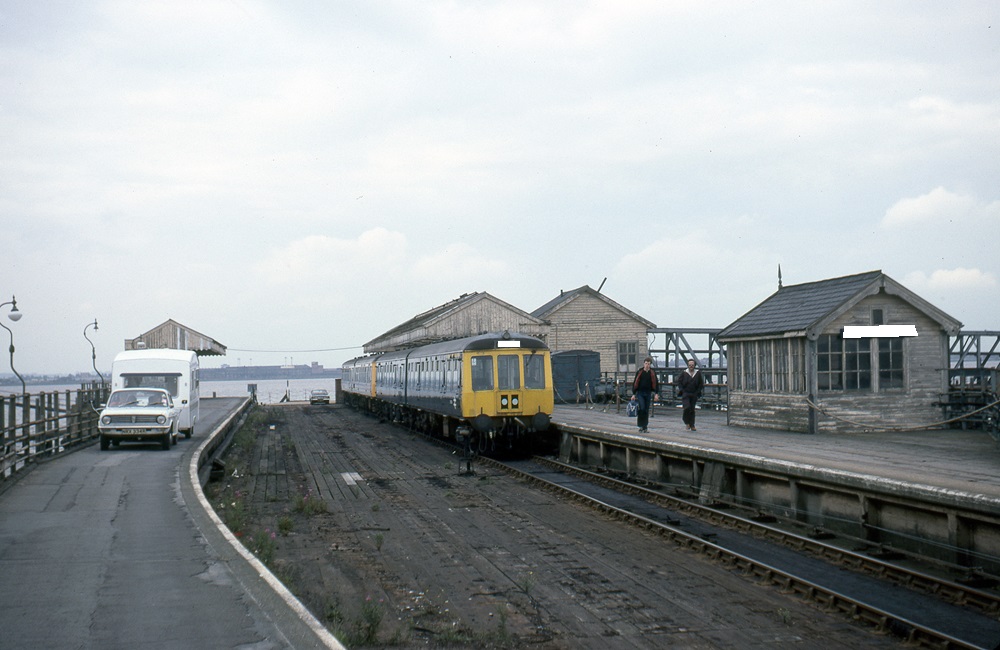
A caravan being towed on the platform in this 1980 picture. Where is it?
Please send your answers to raildate.co.uk@gmail.com
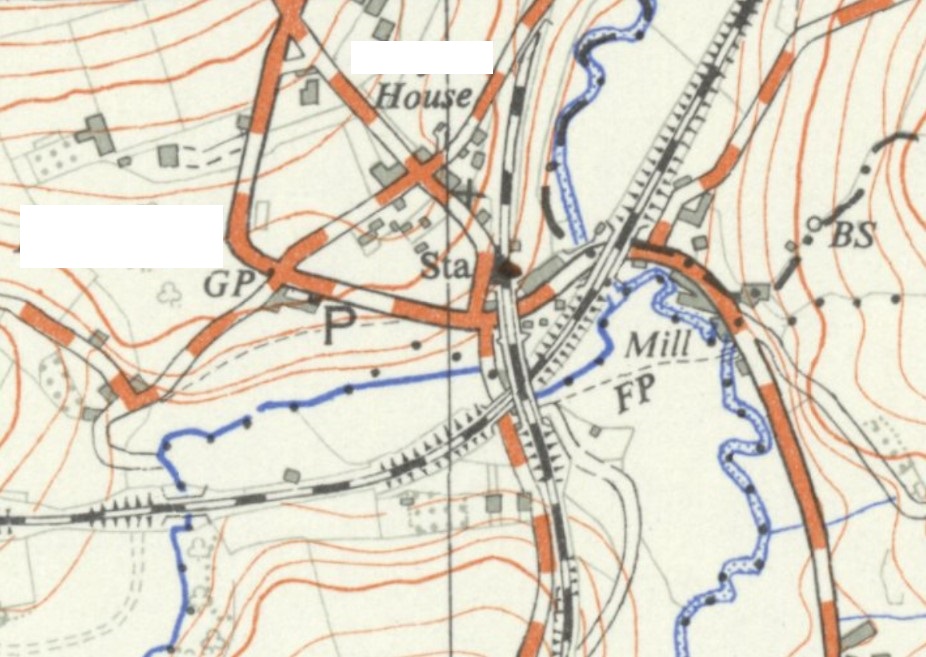
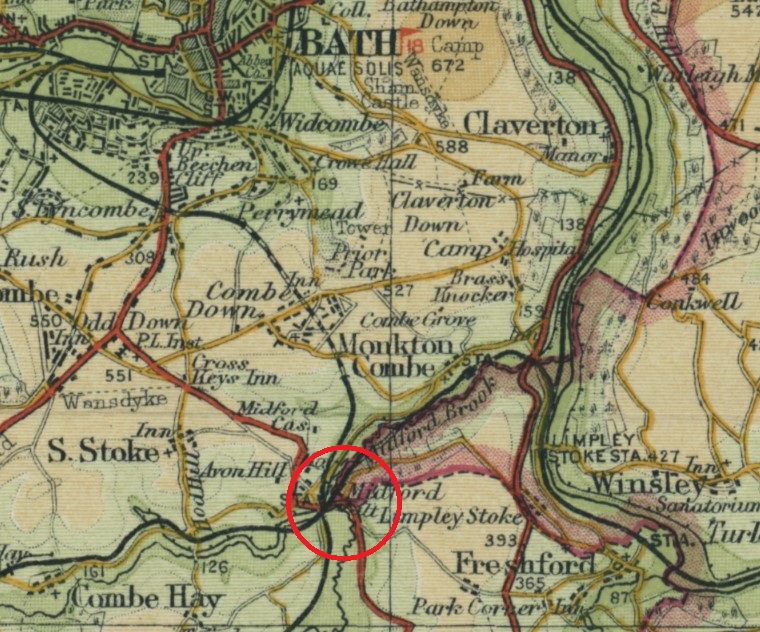
An iconic location in British film history. Both railways are now closed but one is now a fine cycleway. Where is it?
Answer: Midford, south of Bath. Congratulations are due to the following for their correct answers: Alan Hireson, Dave Goodyear, Colin Penfold, Tony Fox, Richard Maund, Phil Deaves, Dave Mant, Tony Bradley, Blair Robinson, Simon Wass, Jim Allwood, Chris Neale, Tony Harker, Chris Callaghan, Andrew Treves, Kevin Hollands, Neil Kearns, Robert Heron, Peter Yarlett, Paul Clayton, David Sharp, Paul Hopper, John Lacy, Neil Spencer, John Musselwhite, Andy Foster
The Titfield Thunderbolt is the iconic film, made by Ealing Studios in 1952 and directed by Charles Crichton. It was mostly filmed on location on the Camerton line, but referenced the Somerset & Dorset that passed overhead on the Midford Viaduct. A couple of publicity shots from the film are reproduced here, with more available from railwaymoviedatabase.com.
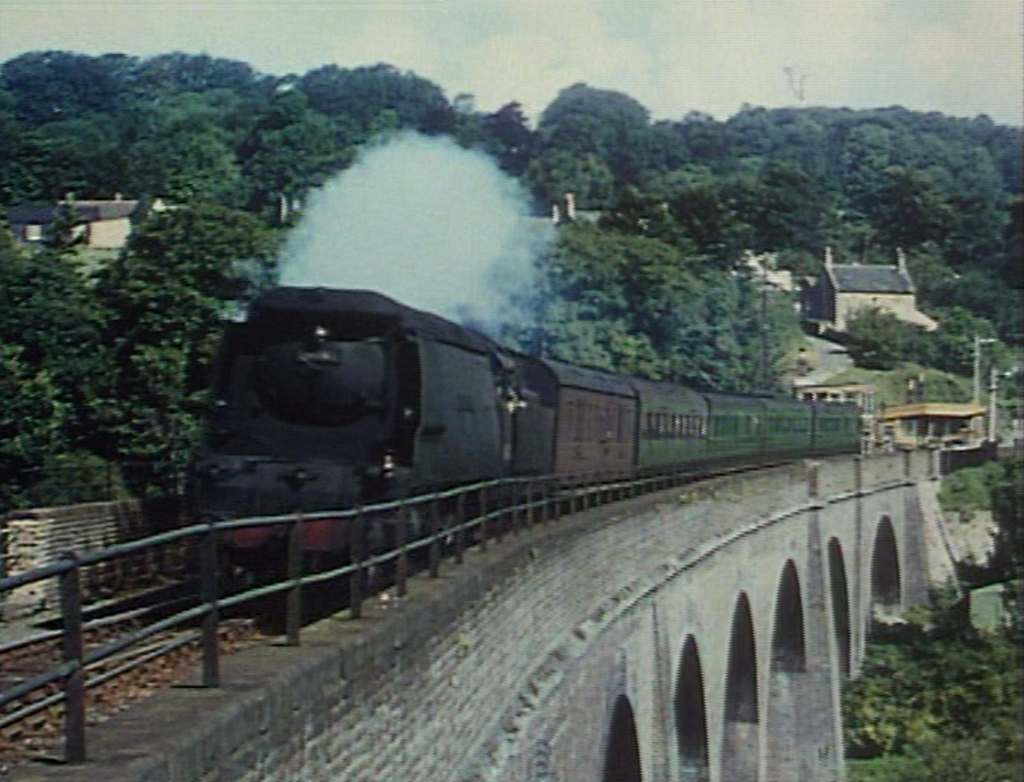
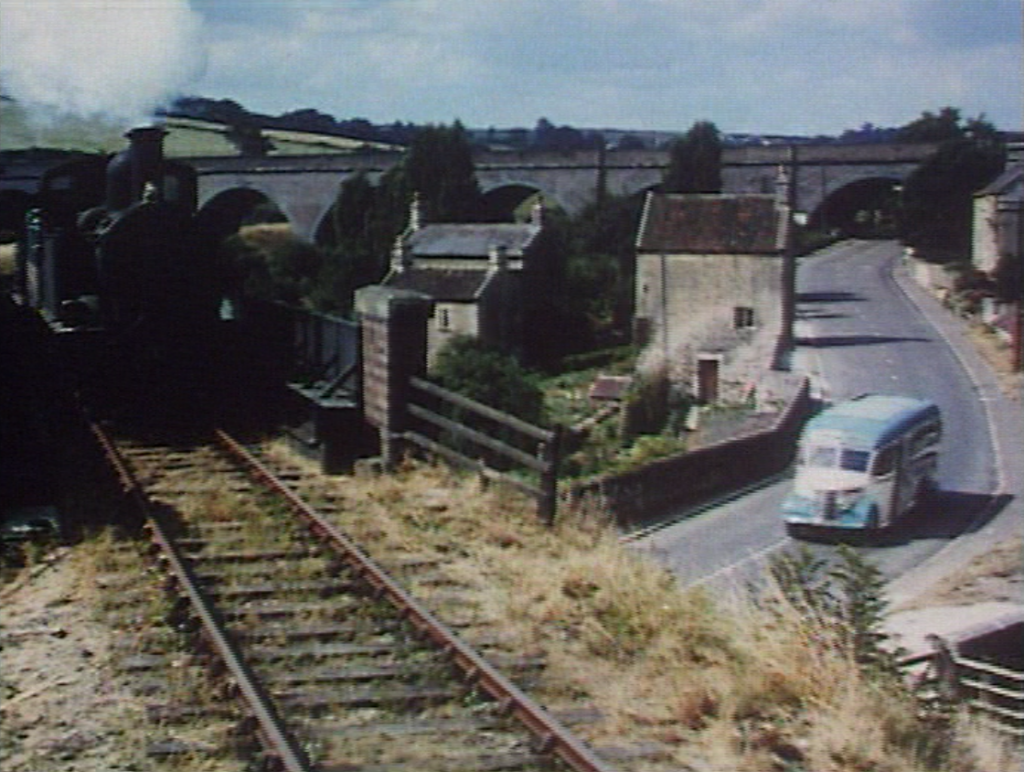
The Camerton line of the Bristol & North Somerset Railway had a short and, it has to be said, rather destructive life. It began to the west as a short branch off the Bristol-Radstock line to Camerton colliery, which was enough to push the Somerset Coal Canal out of business. The line had steep gradients and was hard to work, so the GWR bought the derelict canal in 1903 and used the alignment in places to take the railway eastwards to a junction at Limpley Stoke, opening in 1908. The late construction explains why many maps show the canal rather than the railway (see below). Passenger service only lasted until 1915 and all freight ended in 1951 after Camerton New colliery closed. The tracks were overgrown by the time the film was made and required some trimming.
Much of the alignment can be walked today, with the "Coal Canal Way" and "Limestone Link" following similar routes, and the canal cut and many of the bridge and lock structures are still visible. The Combe Hay flight of locks is particularly interesting. William Smith, the maker of England's first geological map, formed his ideas on strata as engineer of the canal.
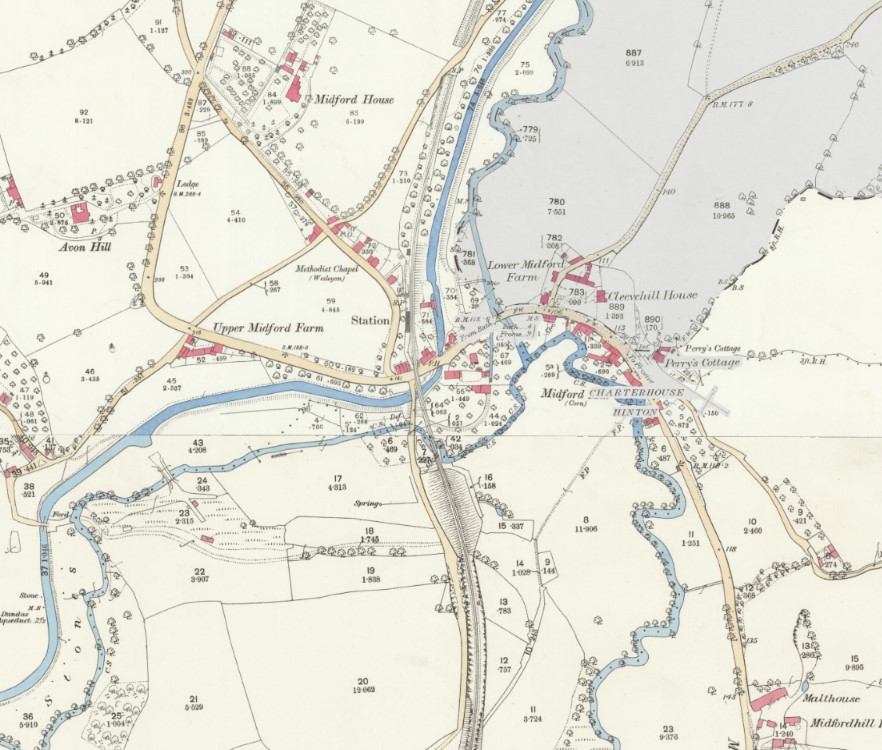
The S&D closed in 1966, to much sorrow and gnashing of teeth. It lay derelict for nearly 50 years until a cycleway was opened south from Bath, taking in two long tunnels as well as the Midford Viaduct. The Bath Two Tunnels Circuit is a diverse 13-mile route that uses the cycleway, part of the Coal Canal route and a long section of the Kennet & Avon canal. The Combe Down Tunnel of the S&D is over a mile long; it is sensory experience and, thankfully, horses and riders are no longer allowed through. Here's a YouTube short (13s) that I recorded in Combe Down Tunnel.
We welcome links to publicly available online news items and videos from anywhere in the world. Despite its name, Raildate covers all transport modes, including also bus, tram, air, and marine.
Raildate may be freely distributed without permission as long as no changes whatsoever are made to the original document distributed by the Editor.
The main Raildate website https://raildate.co.uk includes a history of Raildate by the founding editor Howard Sprenger and archived editions from 1996 to the present.
Facebook members are encouraged to join the Raildate group.
© Matthew Shaw 2024